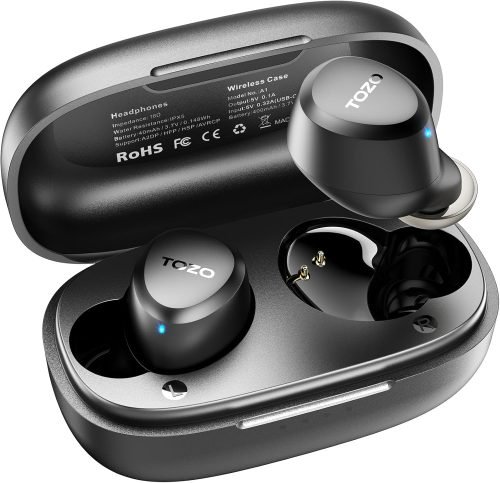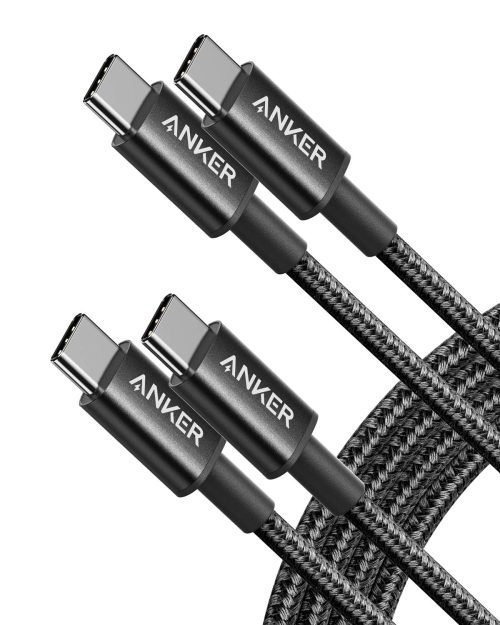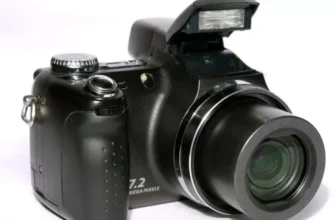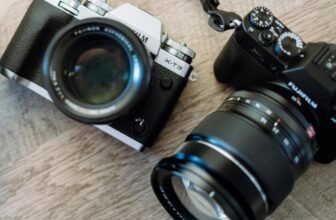
When considering optical zoom versus digital zoom, the distinction lies in their impact on image quality. Optical zoom, with its physical lens adjustments, offers a clarity and sharpness that digital zoom cannot match. The question then becomes: how does this translate to your photography needs and preferences? Dive into the nuances of optical and digital zoom to uncover which option aligns best with your quest for impeccable images.
Importance of Optical Zoom in Photography
Optical zoom is crucial in photography for capturing clear, detailed shots without compromising image quality. When you zoom in optically, the lens physically moves, allowing you to magnify the image without sacrificing resolution. This means that you can get up close to your subject without experiencing a loss in sharpness or clarity. By utilizing optical zoom, you maintain the integrity of your photos, ensuring that every detail is preserved.
Unlike digital zoom, which simply enlarges the existing image, optical zoom enhances your ability to capture distant subjects with precision. With optical zoom, you have the advantage of producing high-quality images that retain their sharpness even when zoomed in. This feature is particularly beneficial when shooting landscapes, wildlife, or events where you may not have the option to physically get closer to your subject. In essence, optical zoom empowers you to take visually stunning photographs with exceptional clarity and detail.
Advantages of Optical Zoom Over Digital Zoom
When it comes to zoom capabilities in photography, optical zoom outshines digital zoom in terms of image quality and detail retention. Optical zoom physically adjusts the lens to zoom in on the subject, resulting in sharper and clearer images. This is because optical zoom magnifies the image optically without sacrificing quality, unlike digital zoom which simply enlarges the existing image, causing a loss of detail and resolution.
With optical zoom, you can capture distant subjects with precision and clarity, maintaining the integrity of the image. This is particularly beneficial when shooting wildlife, sports events, or any scenario where you need to zoom in without compromising on the quality of the shot. By using optical zoom, you can capture intricate details and textures that might be lost with digital zoom.
In essence, optical zoom provides superior image quality and detail retention compared to digital zoom, making it a preferred choice for photographers looking to capture high-quality images with clarity and precision.
Understanding Digital Zoom Limitations
Although digital zoom can be convenient, it has significant limitations that impact image quality. Unlike optical zoom, which physically adjusts the lens to magnify the image optically, digital zoom works by cropping and enlarging the existing image captured by the camera. This process can lead to a loss of image sharpness and detail, resulting in pixelation or graininess, especially when zooming in on distant subjects.
Digital zoom is essentially a form of software manipulation that interpolates the existing image data to create the appearance of a closer view. This can result in a decrease in overall image quality, as the camera is essentially stretching the pixels to fill the frame. As a result, images taken with digital zoom may lack clarity and sharpness, particularly when viewed at larger sizes or when cropped.
It’s important to be aware of these limitations when using digital zoom, as it can significantly impact the final quality of your photos. To maintain the best image quality, consider using optical zoom or physically moving closer to your subject whenever possible.
Tips for Choosing the Right Zoom
To ensure you choose the right zoom for your photography needs, consider the importance of understanding the differences between optical and digital zoom. Optical zoom is achieved through the physical movement of lens elements, providing higher quality magnification without sacrificing image clarity. When selecting a camera, prioritize optical zoom over digital zoom for better results.
Digital zoom, on the other hand, enlarges the image digitally, resulting in a loss of image quality as it essentially crops and upscales the photo.
When choosing a camera, look for one with a higher optical zoom ratio, as this will allow you to capture distant subjects with greater detail. Consider your typical shooting scenarios to determine the level of zoom you require; for wildlife or sports photography, a camera with a higher optical zoom is essential. Additionally, pay attention to the camera’s maximum optical zoom capabilities rather than solely focusing on digital zoom numbers, as optical zoom is a more reliable indicator of a camera’s zooming capabilities. By understanding these distinctions and considering your specific needs, you can pick the right zoom for your photography endeavors.
Trending Products



![Apple Watch Series 10 [GPS + Cellular 46mm case] Smartwatch with Silver Aluminium Case with Denim Sport Band – M/L. Fitness Tracker, ECG App, Always-On Retina Display, Water Resistant](https://beastlytechs.com/wp-content/uploads/2025/03/61szkHk7xfL._AC_SL1500_-499x593.jpg)










